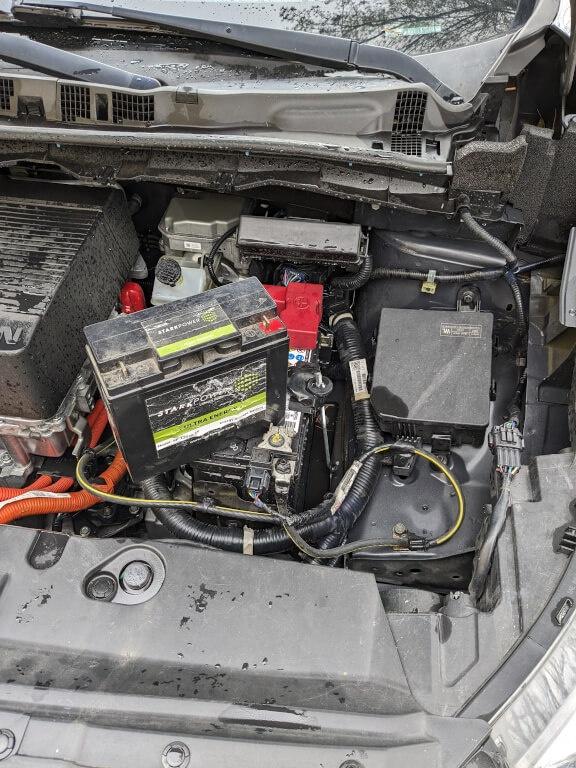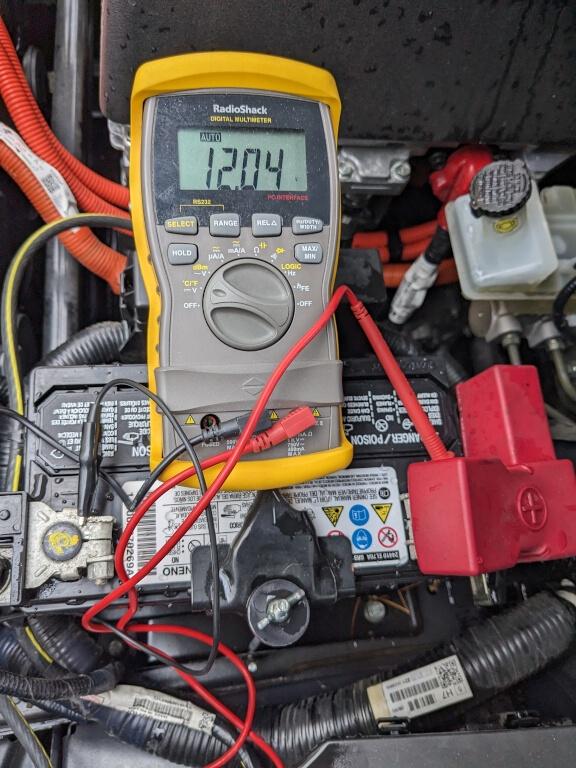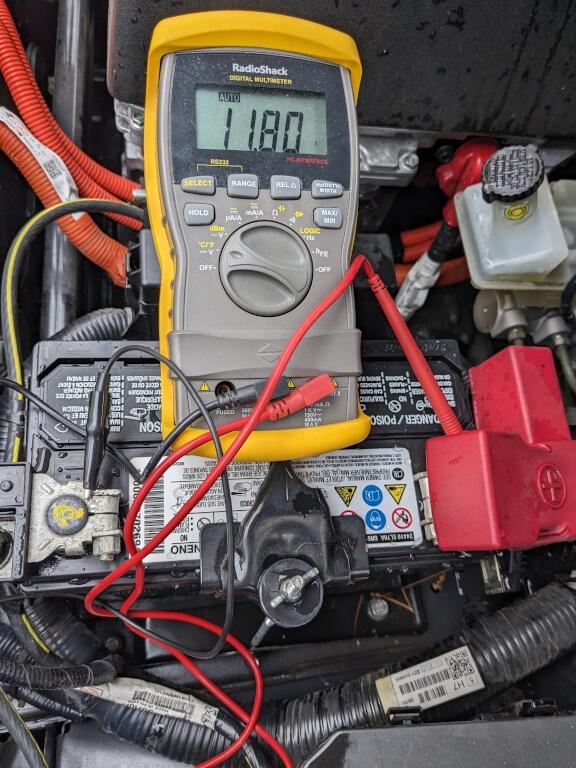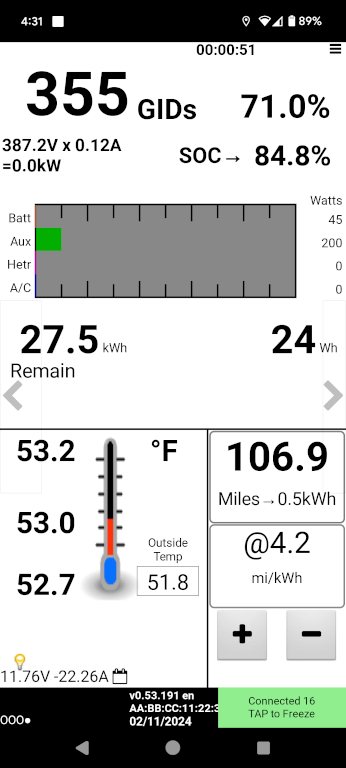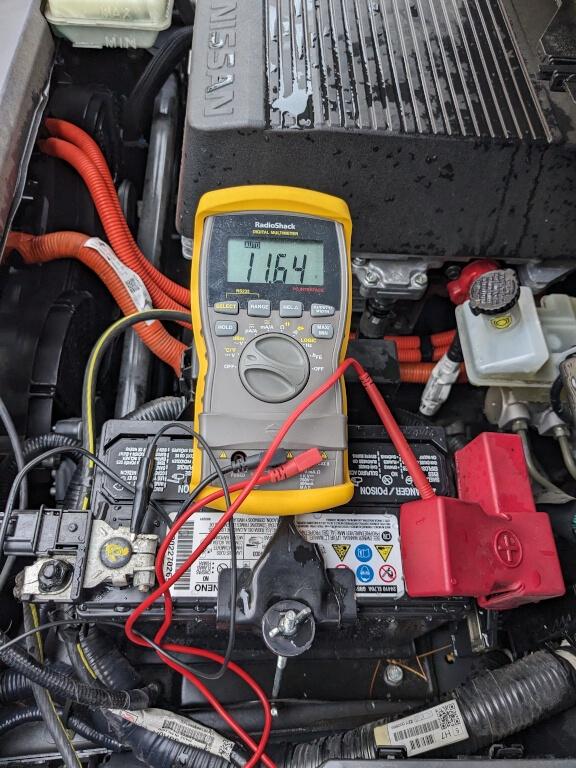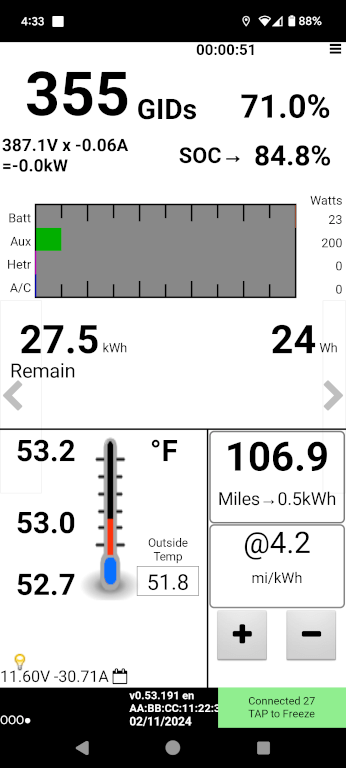I never had sulphation problems on my Deep cycle pack, they were worked hard and charged hard, which I have found to be the best way to get the longest life out of a lead acid battery.
I did have one experience I cannot explain, however. I repaired the British buses that ran around Chicago back in the 80's. The owner would buy them in lots and have them shipped to the docks in Chicago.. On every shipment there was one bus that had something enough wrong with it, it became a parts bus.
One of these parts buses sat in the corner of the shop for a few year, being picked apart. They were 24 volt start/run and had 4 big six volts in the floor. The batteries were dead on arrival, and stayed that way for several years while the parts were removed, Finely I pulled the long dead batteries out and set them aside,. I decided to play around with them, I'd put one on the charger, 6 volt high, and as expected saw zero current. After a while, I turned it to 12 volt, and then 24 volt. I started to see current flowing and when it got to the 5 amp mark, I would turn it to the next lower setting. After about a day, the 6 volt was pulling about 10 amps from the charger, and after 24hrs it was up to about 30 amps.
Long and short of it, it took a week or more to bring the four six volts back to full charge and when place back into a bus, had no trouble starting it, in fact did much better than the two 8D batteries we normally installed. By all rights, the batteries should have been junk, and to this day I have no explanation as to why they weren't and went on to work for quiet some time.
I've worked on a lot of battery powered equipment, since and never saw another battery that could take the abuse the british ones did, and no ideas why they were able too. From then on the batteries got pulled out and charged, and were never assumed dead until charged and proved dead.
I did have one experience I cannot explain, however. I repaired the British buses that ran around Chicago back in the 80's. The owner would buy them in lots and have them shipped to the docks in Chicago.. On every shipment there was one bus that had something enough wrong with it, it became a parts bus.
One of these parts buses sat in the corner of the shop for a few year, being picked apart. They were 24 volt start/run and had 4 big six volts in the floor. The batteries were dead on arrival, and stayed that way for several years while the parts were removed, Finely I pulled the long dead batteries out and set them aside,. I decided to play around with them, I'd put one on the charger, 6 volt high, and as expected saw zero current. After a while, I turned it to 12 volt, and then 24 volt. I started to see current flowing and when it got to the 5 amp mark, I would turn it to the next lower setting. After about a day, the 6 volt was pulling about 10 amps from the charger, and after 24hrs it was up to about 30 amps.
Long and short of it, it took a week or more to bring the four six volts back to full charge and when place back into a bus, had no trouble starting it, in fact did much better than the two 8D batteries we normally installed. By all rights, the batteries should have been junk, and to this day I have no explanation as to why they weren't and went on to work for quiet some time.
I've worked on a lot of battery powered equipment, since and never saw another battery that could take the abuse the british ones did, and no ideas why they were able too. From then on the batteries got pulled out and charged, and were never assumed dead until charged and proved dead.




